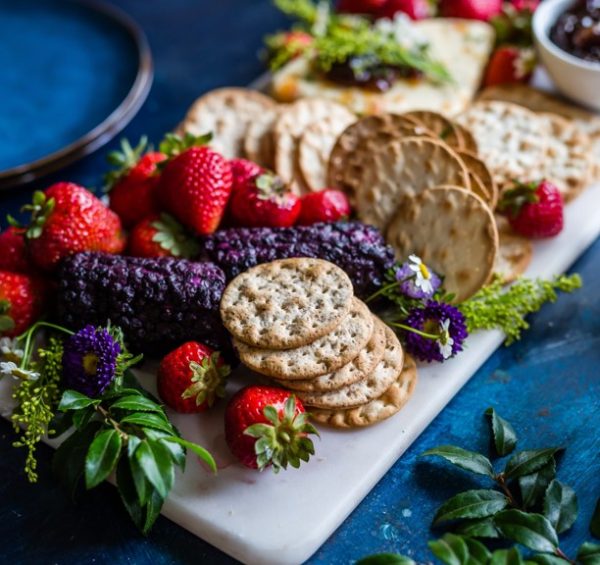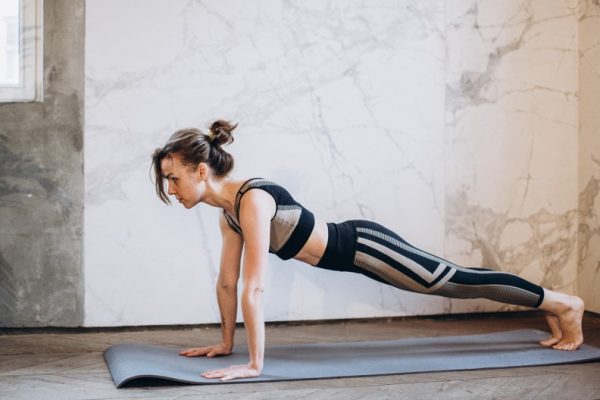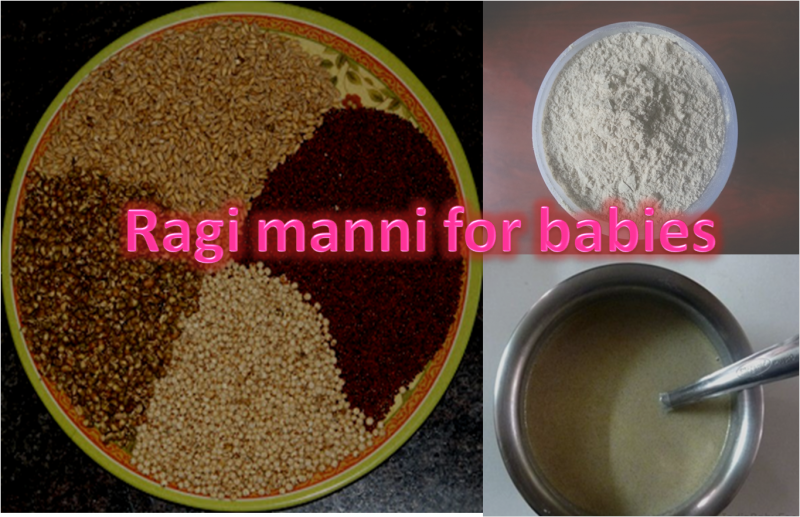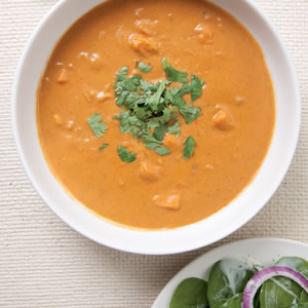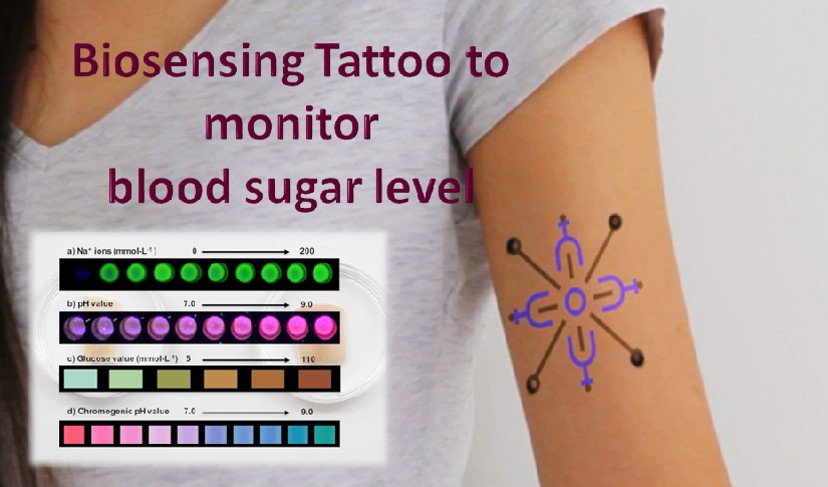Leta Koontz-Stuyvesant
What’s the difference between a cheerleader and a yogi practicing back bends and splits? From a distance, the two would appear to be doing the same thing. But if you looked a bit closer, you might notice that the yogi is breathing more smoothly, slower, and more evenly. You might even observe that while the cheerleader is looking around, smiling at everyone, the yogi’s face is relaxed and his or her gaze is focused. While externally the differences between the yogi and the cheerleader may seem slight, the internal differences are significant.
Most yoga classes in the West focus exclusively on asana, the physical postures of yoga. While it’s a good thing to stretch and tone, it’s an even better thing to stretch and tone while slowing down the breath and incorporating other yogic meditation techniques. One such technique is the use of drishti, focusing the gaze, which helps to quiet the mind. When the gaze is fixed on a single point, the mind is less likely to be distracted by thoughts provided by visual stimuli (the carpet in here is ugly . . . I can’t believe that guy is wearing those pants…). These thoughts distract and pollute the mind, causing it to constantly churn and fluctuate.
Yoga is famous for its ability to heal and bring peace of mind. But how does the practice of yoga accomplish this?
There are two nervous systems in the human body: sympathetic and parasympathetic. The sympathetic, commonly known as the “fight or flight” system, causes the blood pressure to rise, the breath rate to quicken, and stress hormones to flood into the body. Historically, this occurred to prepare the body for fighting dangerous animals. But in today’s world, we experience this response while we are sitting in traffic or feeling stressed at the office. When this system is overly stimulated, we can experience health consequences such as ulcers, migraines, and heart disease.
The parasympathetic nervous system lowers blood pressure and slows the pace of the breath. When the blood no longer has to rush to the muscles, it is free to travel to the digestive, reproductive, glandular, and immune systems – systems made up of organs that are more necessary to long-term survival. The body now has time to heal the damage accumulated during our daily battles. Studies have shown that long, deep breathing encourages the actions of the parasympathetic nervous system and allows relaxation and healing to occur. The yogi practices breathing meditations called pranayama, which encourage the actions of the parasympathetic nervous system.
So while the yogi and the cheer leader both gain strength and flexibility from practicing back bends and splits, the yogi is able to reap additional health rewards from the addition of pranayama. But even more is happening within the yogi. The yogi is working to calm the fluctuations of the mind.
Try this little exercise: take a break from reading this article and spend the next five minutes concentrating on the breath and nothing else.
You probably discovered that your mind wants to think about everything but the breath. Our minds have a tendency to wander, to disconnect from our bodies, to daydream and fret about the future, to reminisce and stew over the past. Humans have evolved the ability to automatically breathe even while sleeping. While breathing does not require conscious awareness, focusing your attention on your breath will force you to focus on what’s happening right now, at this very moment. Focusing on your breath doesn’t allow your conscious mind to drift away, but encourages it to stay connected in your body and in the now.
But why shouldn’t we allow ourselves to daydream or reminisce, it seems harmless? Well, frequently when we are reminiscing about the good old times we begin fear to these events won’t occur again. The more time we spend in reverie, the less open we are to the good things that are happening right now. Often, even when we are the midst of a good time, we begin to worry about it ending and start plotting to make it happen again. We miss out on embracing the moment fully while it is unfolding. And while having goals in life is a good thing, spending hours daydreaming won’t get you any closer to making your dreams come true. Being lost in fantasy can often lead to disappointment when reality hits.
The quality of the breath reflects the quality of the mind. There is a connection between our mental, emotional and psychological states and the pace and depth of our breath. For example, when we are frightened, we take short, quick, shallow breaths. When we are deeply relaxed or asleep, we take long, deep breaths.
While our mental state influences our breathing pattern, we can choose to change our breathing pattern and thereby change our mental state. When you relax and slow the pace of the breath, the pace of the mind is similarly calmed and quieted. Over time, you begin to act and think from a state of peace. The more time you spend in this place, the more likely you are to act with patience, understanding, and compassion.
The breath also helps us to stay connected to the present moment. Staying in the now frees us. We can move on from past grievances and sorrows and can view the world as it really is, without false expectations. We learn to accept ourselves and others as we and they currently are. Being in the moment allows you to be fully present when you spend time with the people you love.
Our mood is also affected by how we feel physically. Ever try to be friendly when you have a stomach ache? Asana helps to keep our muscles, joints, and fascia strong and flexible. The practice of asana also helps reduce blood pressure, stimulate the immune and glandular systems, reduce insomnia, and heal the body in innumerable other ways.
The simple practices of asana (yoga postures), pranayama (breathing), and drishti (focusing) lead the yoga practitioner to not only a state of optimal physical health, but to a state of peace. These practices help to connect you to the present moment, to others and to your true self.
Leta Koontz-Stuyvesant has been studying yoga since 1998. Her first instructor was Lori Brungard. In 1999, a trip to India focused her interest in Ashtanga yoga. She teaches at Schoolhouse Yoga in Pittsburgh, Pennsylvania.
For more visit: http://www.yogamovement.com/resources/howyogacalms.html
Image credit: Photo by Elly Fairytale from Pexels (Free for commercial use)
